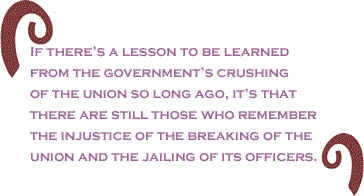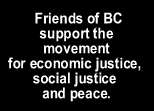
|
|||||||||||||||||||||||
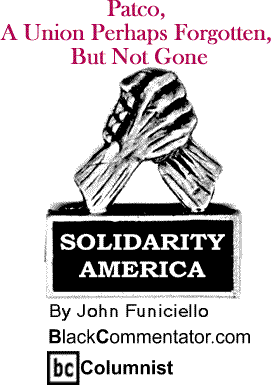
|
|

Custom Search
|
|
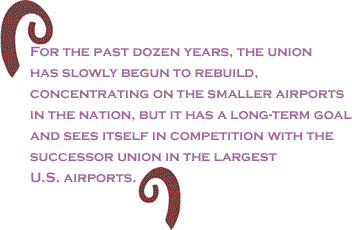 |
|
Those observers of organized labor who can remember as far back as 1981 can recall that the Professional Air Traffic Controllers Organization (PATCO) was destroyed by presidential fiat when they struck over conditions in the towers. Well, it turns out that the union may have been pretty well forgotten, but it is not gone and its resurrection a dozen years ago went unnoticed until this week when it announced that it now represents the controllers at the U.S. Naval Air Station at Guantanamo Bay, Cuba. “PATCO has been given a second chance,” Ron Taylor, the union’s president, said this week. “I want to bring it back.” For the past dozen years, the union has slowly begun to rebuild, concentrating on the smaller airports in the nation, but it has a long-term goal and sees itself in competition with the successor union in the largest U.S. airports. There are some 240 airports which have federally-operated control towers. The people who crossed the picket lines and worked during the strike and those who were hired in the aftermath of the strike formed a new union, the National Air Traffic Controllers Association (NATCA), which, as of this week, has been working under imposed rules by the Federal Aviation Administration for some 800 days. In 1981, in the first year of the administration of Ronald Reagan, the PATCO controllers, some 11,500 of them, struck over what they deemed unsafe and dangerous working conditions in the towers. As federal workers, they were forbidden by law to strike. Their warning had been ignored by Reagan, who fired them when they refused to return to work. He then barred them from any other federal jobs, ensuring that they would not get the full benefits from their years of service. “We can’t live in the past,” Taylor said, indicating that their organizing of the controllers at Guantanamo Bay is just another step on PATCO’s long way back. The union represents 11 airports (two in Puerto Rico) and has about 275 members across the country. A rank-and-file member at the time of the strike in 1981, Taylor said he believes that the union should “start with the rank and file and not the other way around.” His vision of trade unionism is solidarity inside the union and solidarity with other unions and workers around the country. Taylor is critical of the major labor federations, particularly of the AFL-CIO, which he says operates from the perspective of the early 20th Century, not as those who find themselves in a new century. PATCO is not part of either the AFL-CIO or the Change to Win coalition, a group of unions that broke with the larger and older federation several years ago. Despite the break, the two federations have come to some accommodation and work together on various issues and national electoral politics.
The closest thing to an affiliation with another union for PATCO, Taylor said, is an “alliance” with the Teamsters Airline Division. The alliance is a simple agreement in which the two unions will help one another in organizing airport workers in their own jurisdictions. Though small, the rejuvenated PATCO has a full slate of officers, a board, and five regional offices. If there’s a lesson to be learned from the government’s crushing of the union so long ago, it’s that there are still those who remember the injustice of the breaking of the union and the jailing of its officers.
They didn’t believe that they would be treated so harshly and they believed that any reasonable person would understand the danger and solve the problems in the America’s towers. They guessed wrong and they paid the price. Yet, there is a core of members of the old union who believed the union was right and that the times called for drastic action, no matter the consequences. Those members, including Ron Taylor, are fighting their way back, one small tower at a time. BlackCommentator.com Columnist, John Funiciello, is a labor organizer
and former union organizer. His union work started when he
became a local president of The Newspaper Guild in the early 1970s.
He was a reporter for 14 years for newspapers in |
|
Any BlackCommentator.com article may be re-printed so long as it is re-printed in its entirety and full credit given to the author and www.BlackCommentator.com. If the re-print is on the Internet we additionally request a link back to the original piece on our Website. Your comments are always welcome. eMail re-print notice
If you send us an eMail message we may publish all or part of it, unless you tell us it is not for publication. You may also request that we withhold your name. Thank you very much for your readership. |
|
| |
|
| Novmber 13, 2008 Issue 299 |
|
| Executive Editor: Bill Fletcher, Jr. |
| Managing Editor: Nancy Littlefield |
| Publisher: Peter Gamble |
| Est. April 5, 2002 |
Printer Friendly Version
in resizeable plain
text format or pdf
format. |
| Frequently Asked Questions |
 |
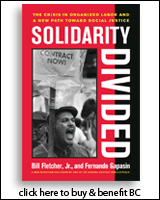
|
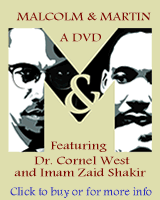 |
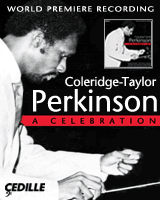 |
 |
| |
| |






























